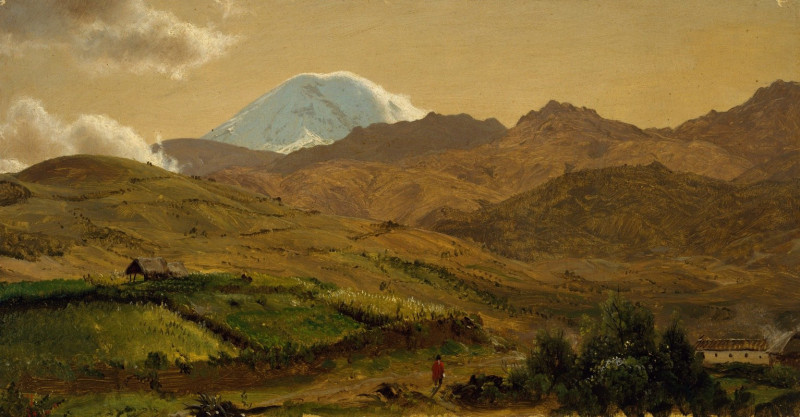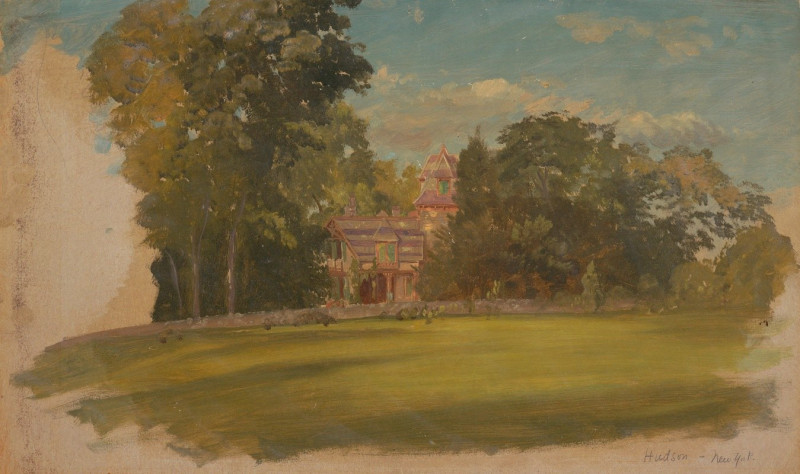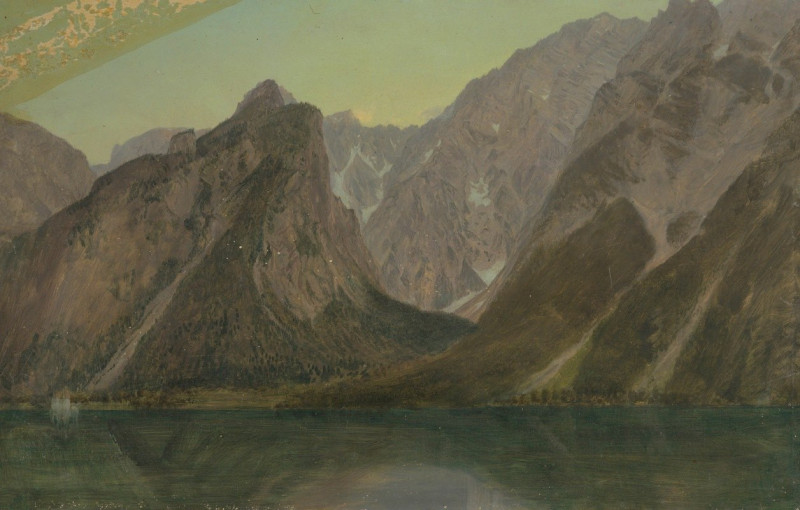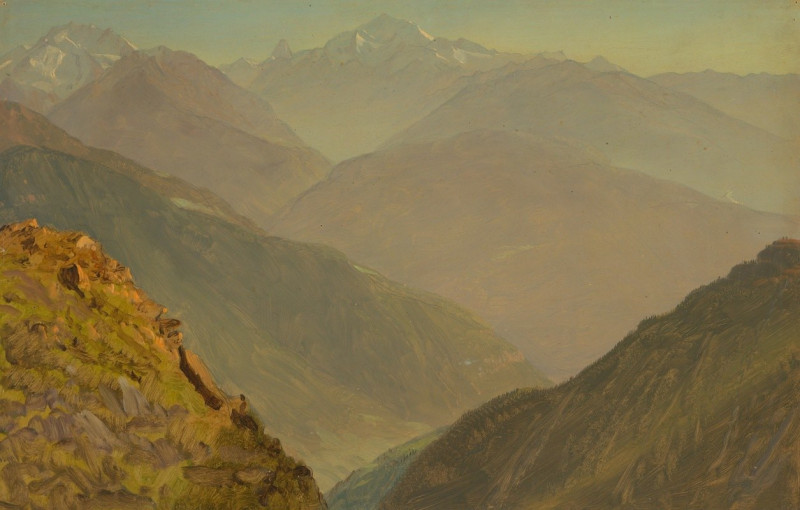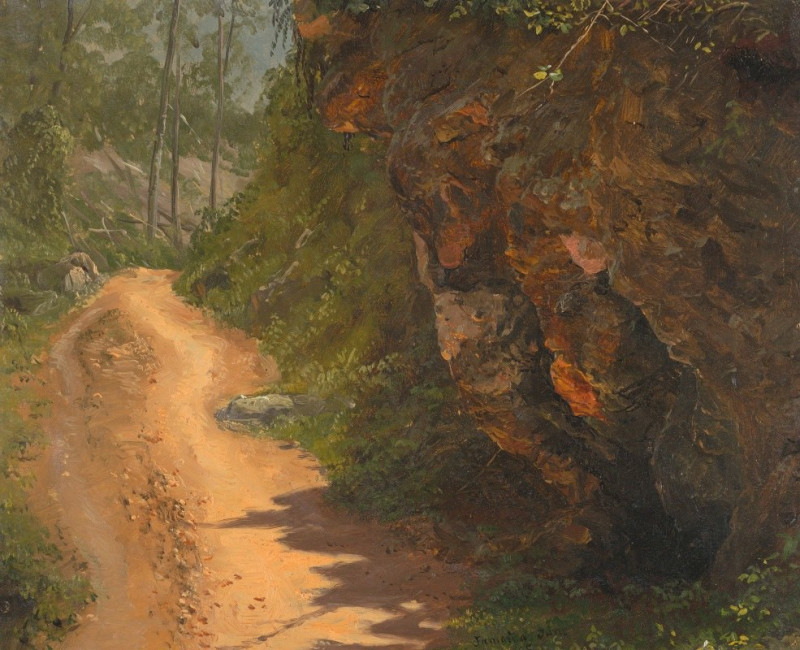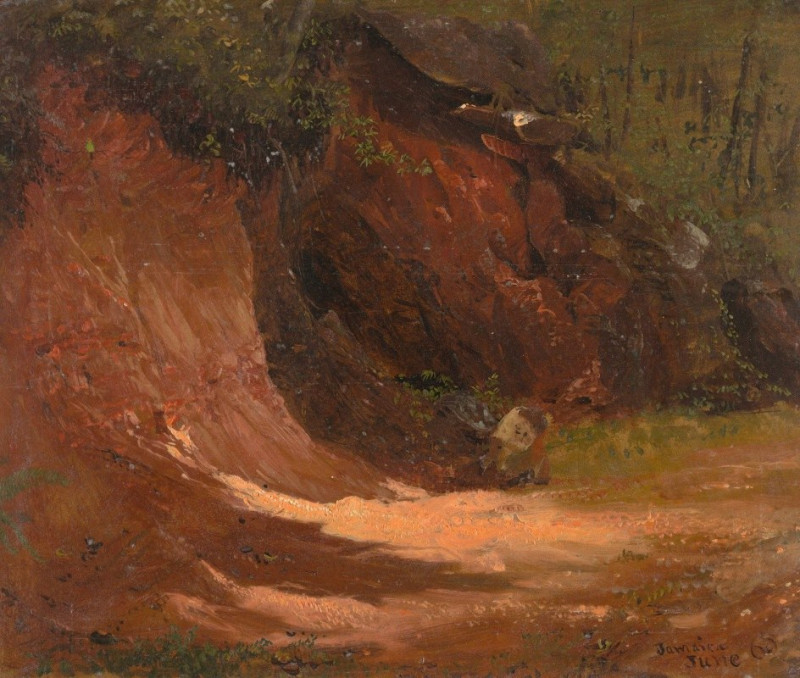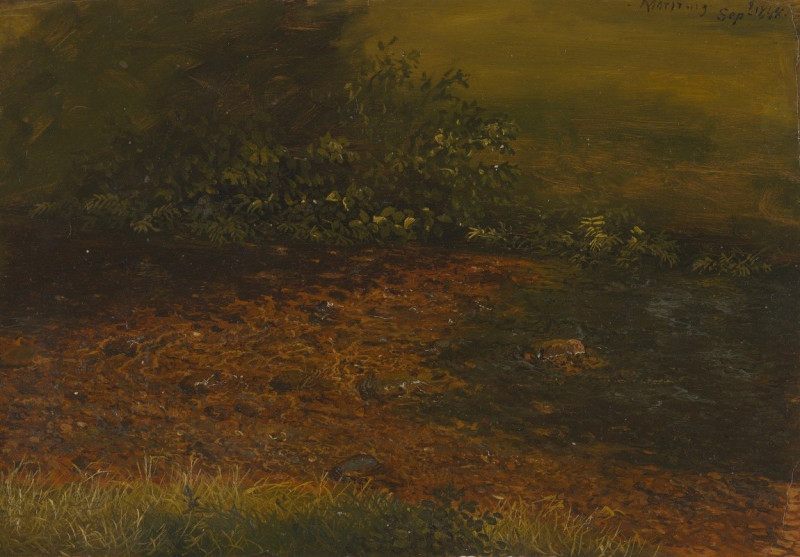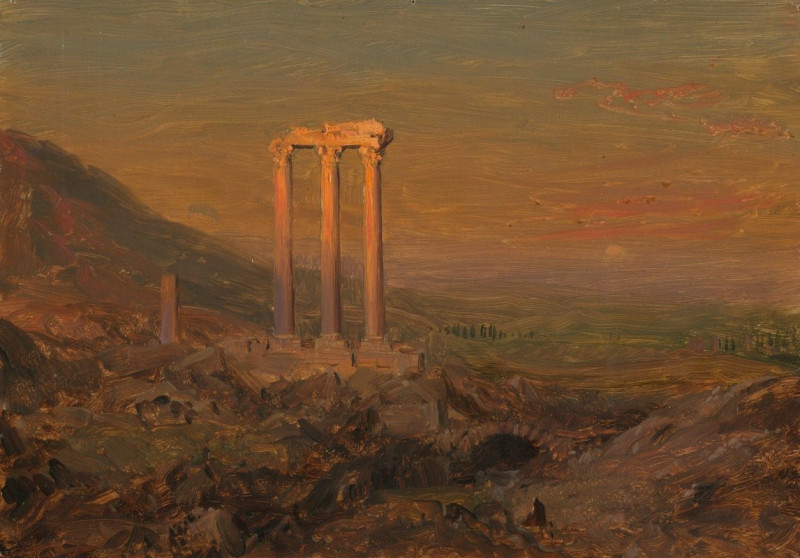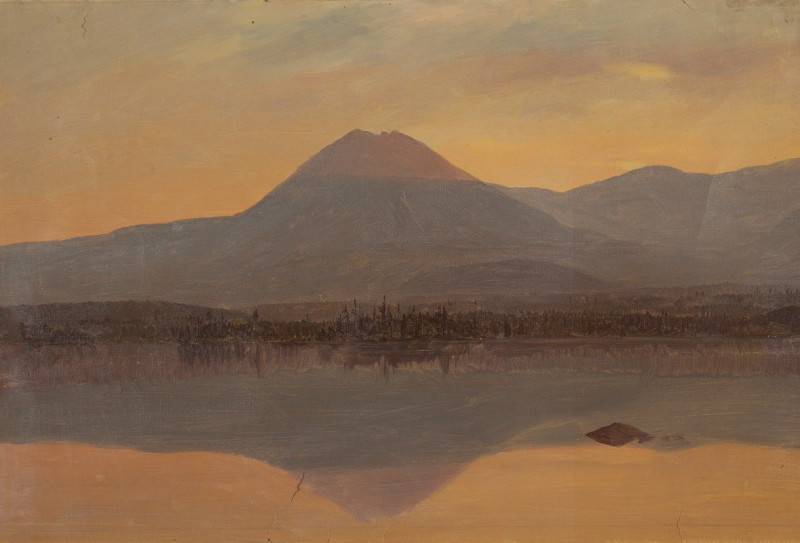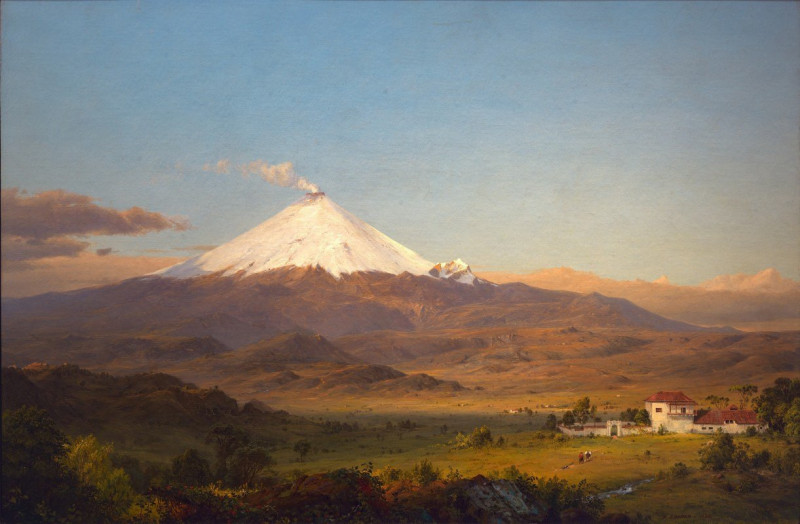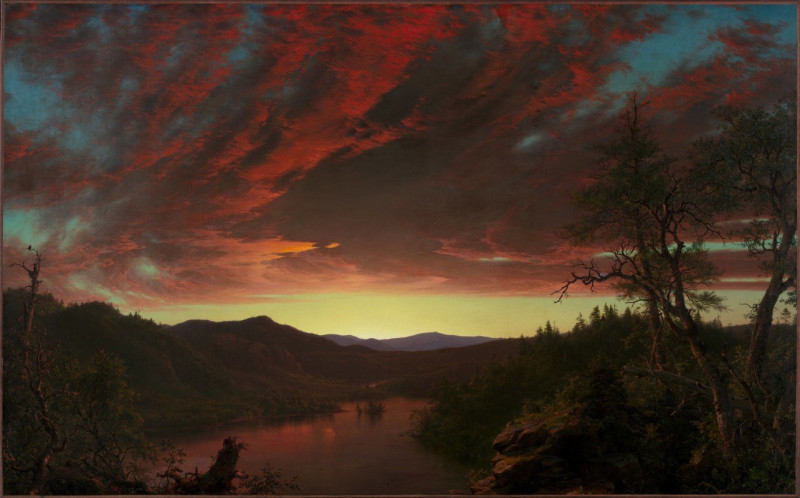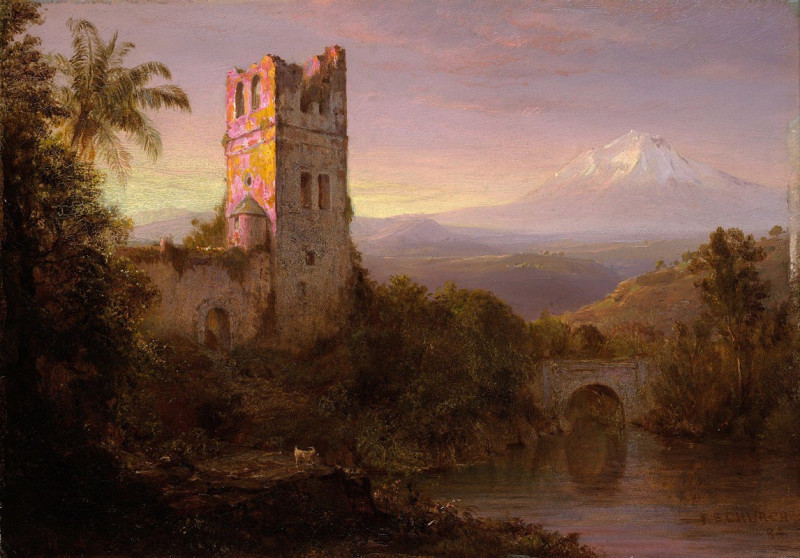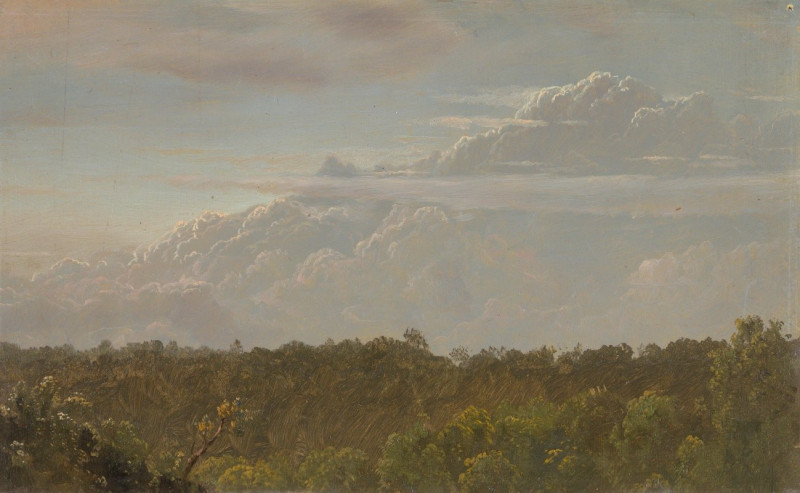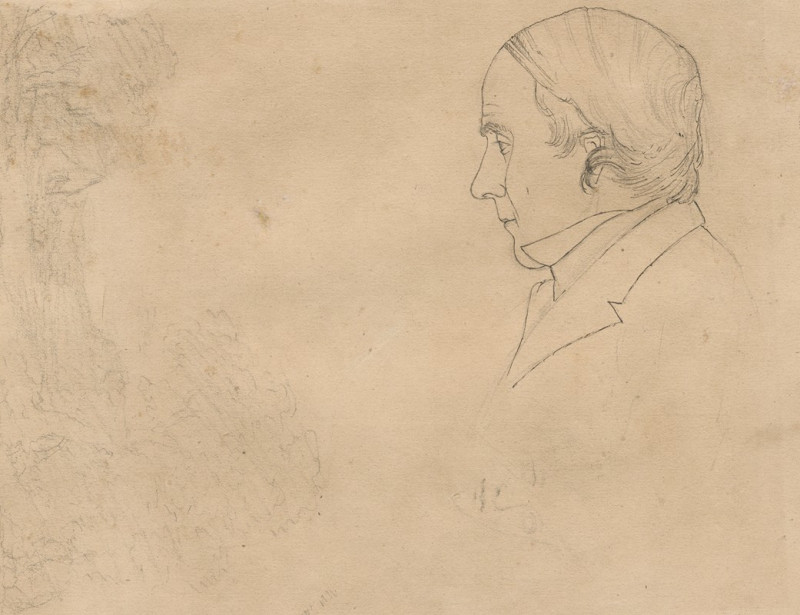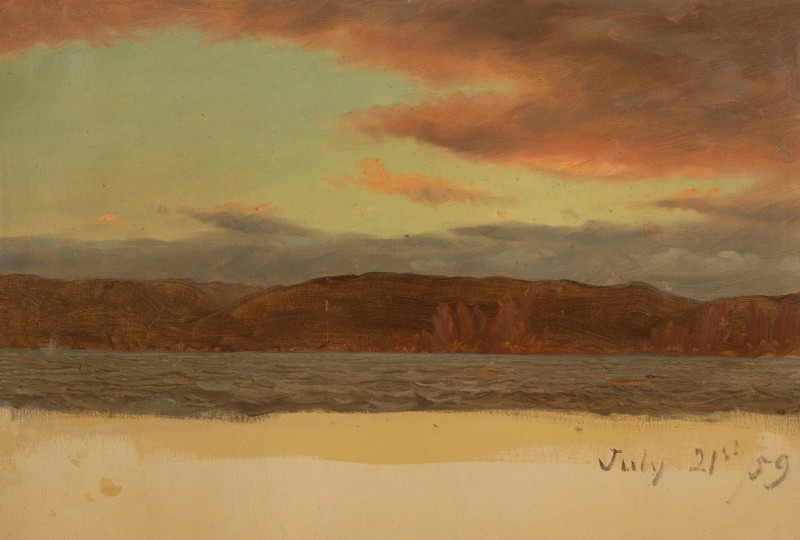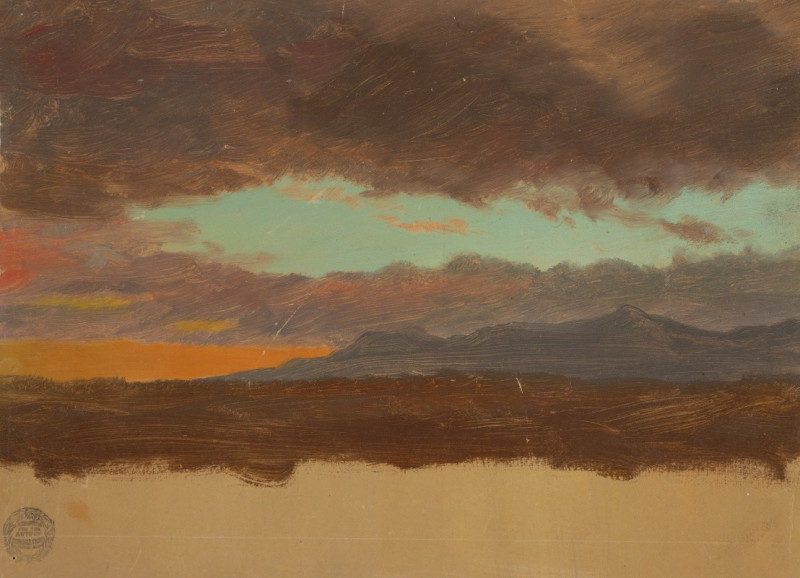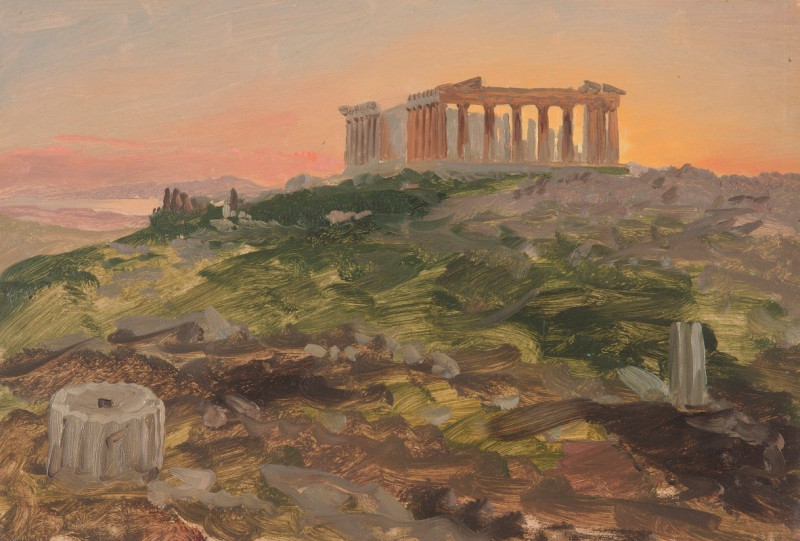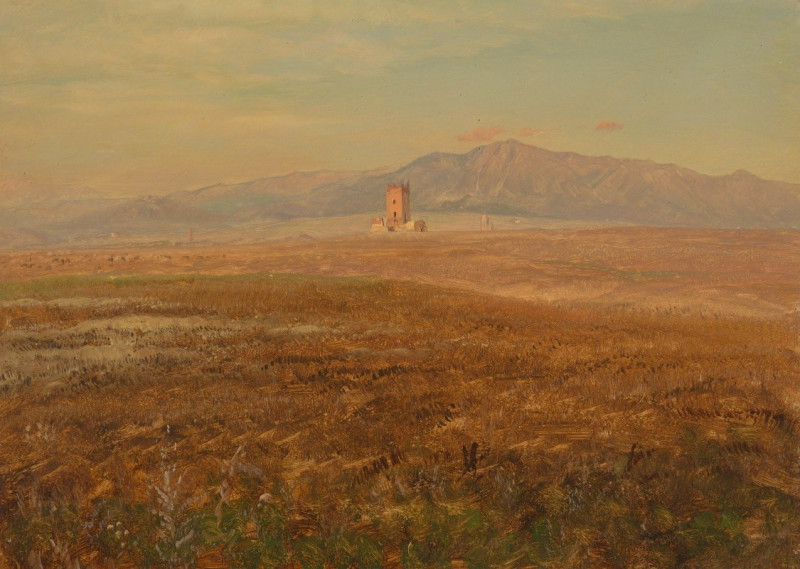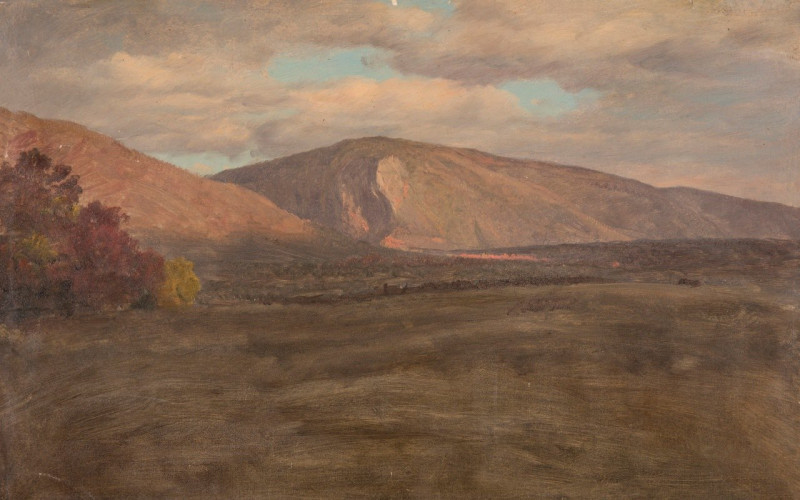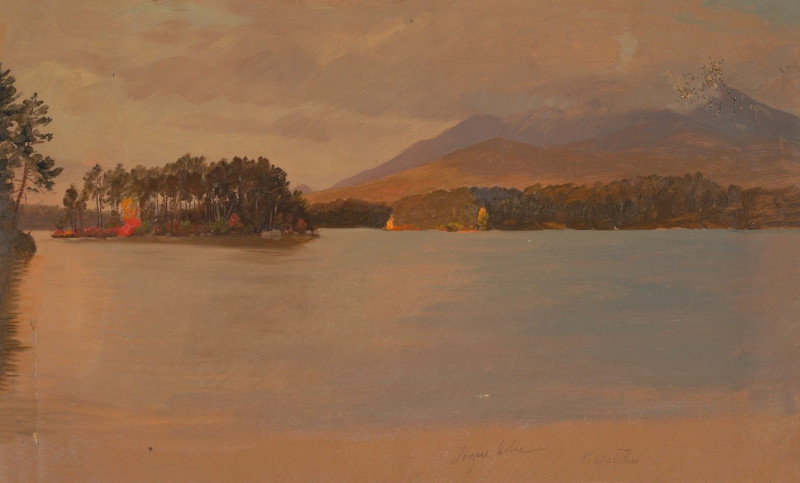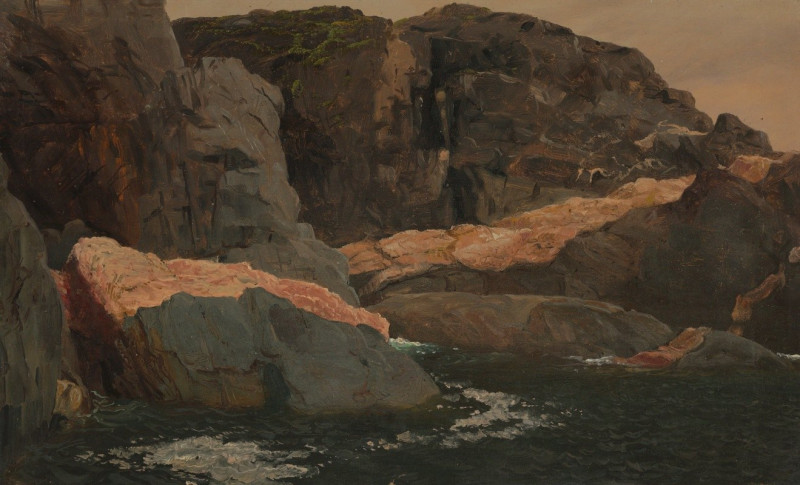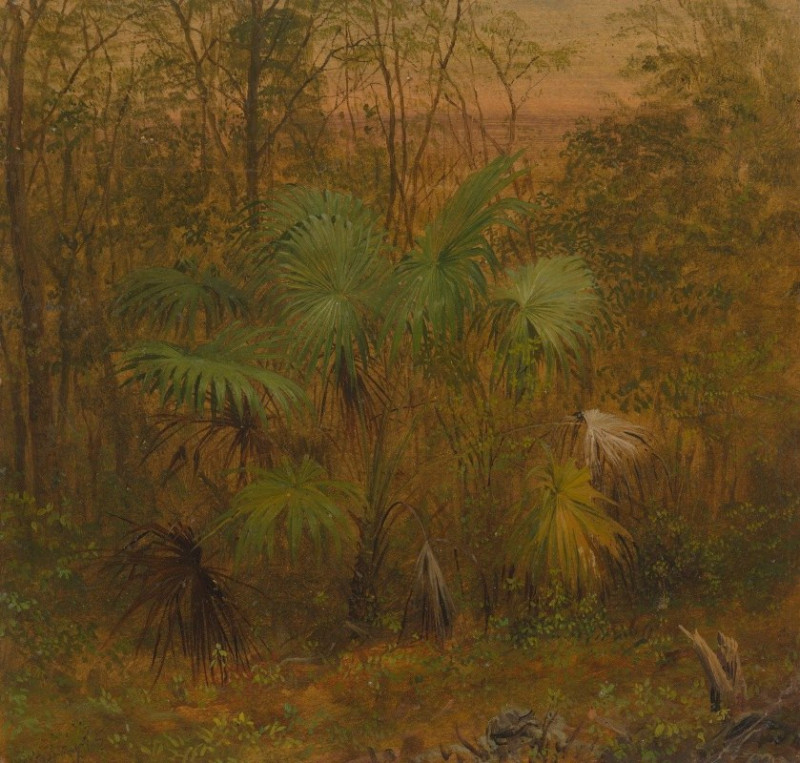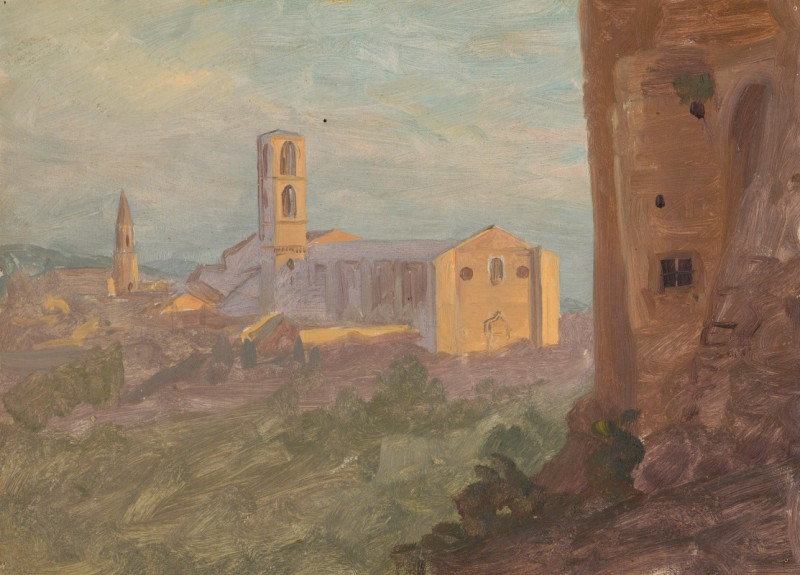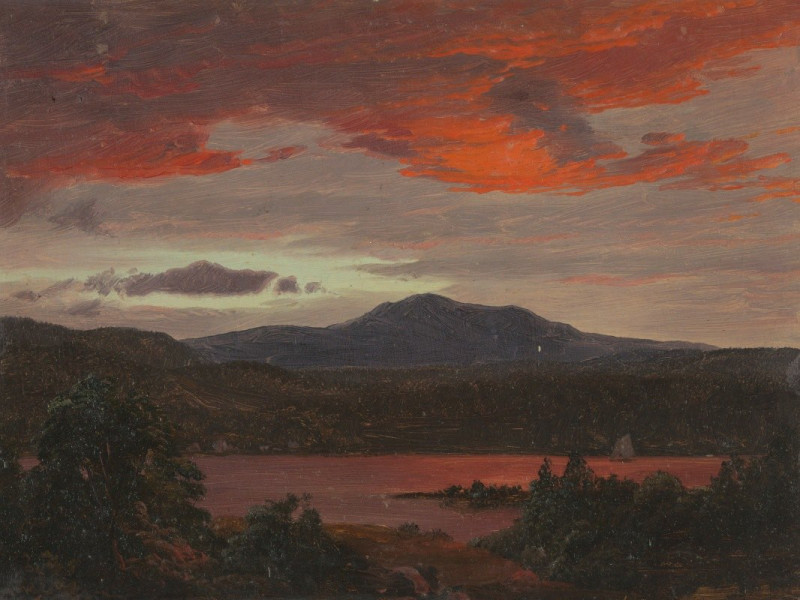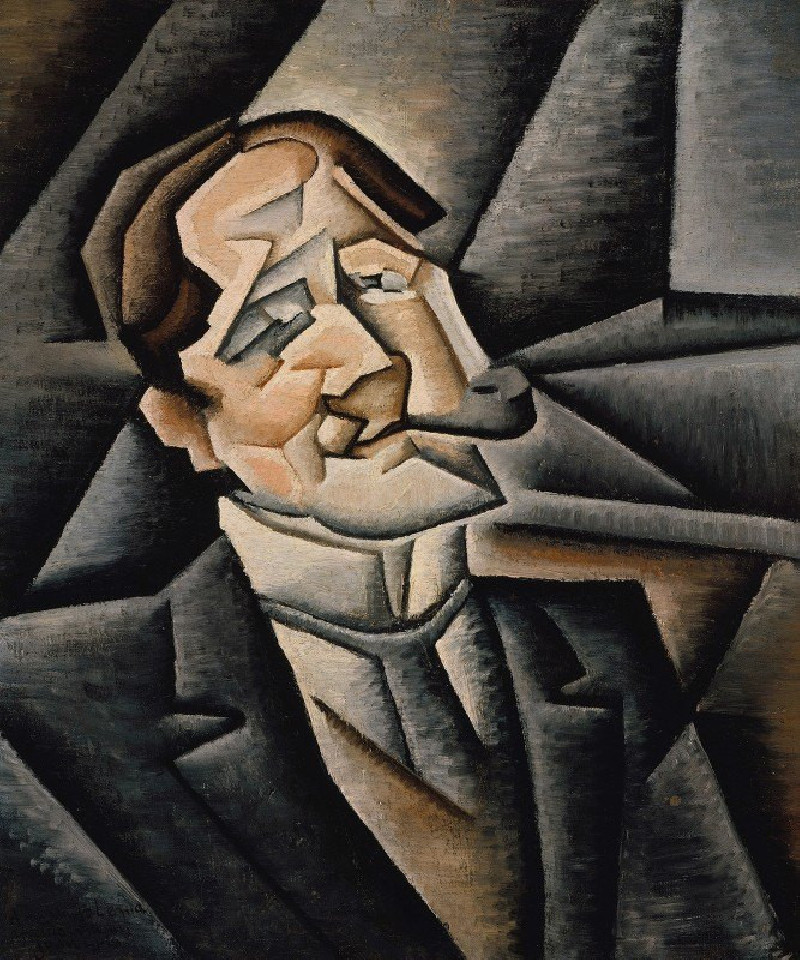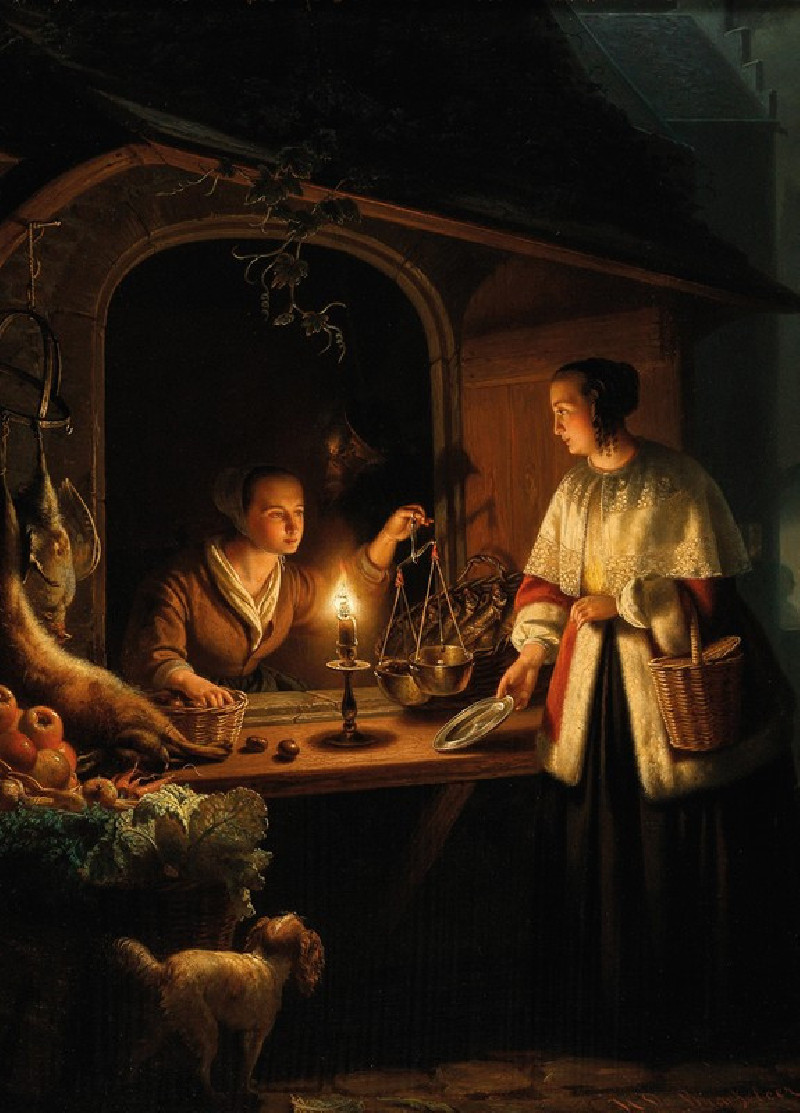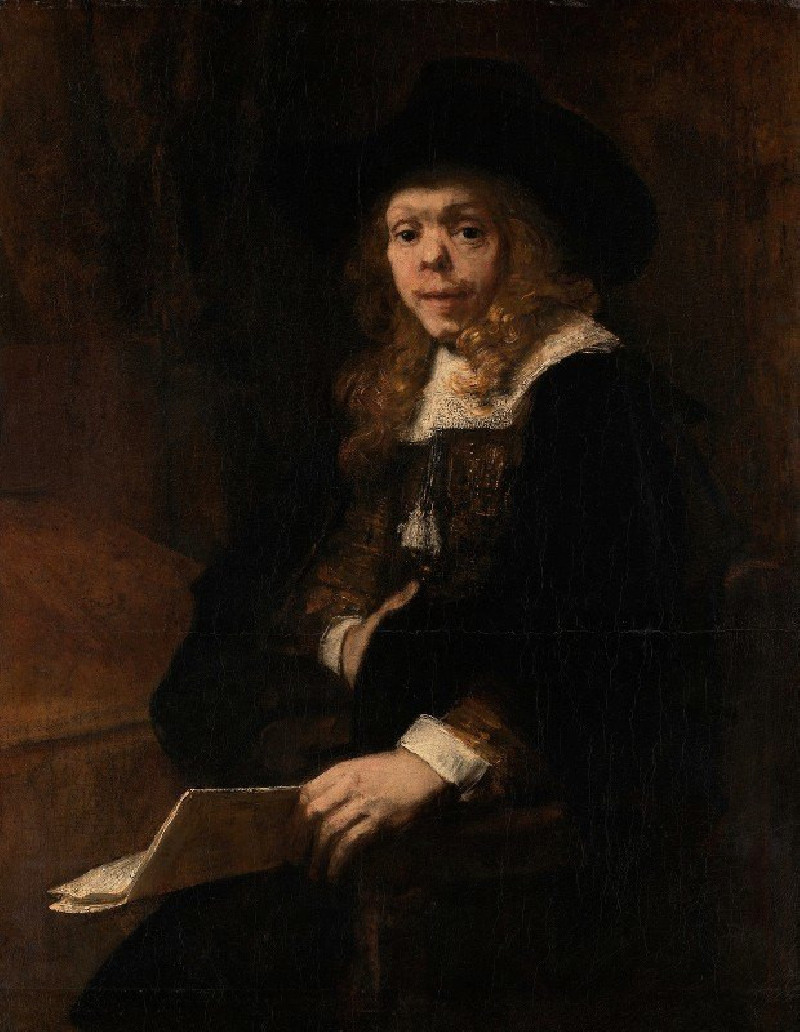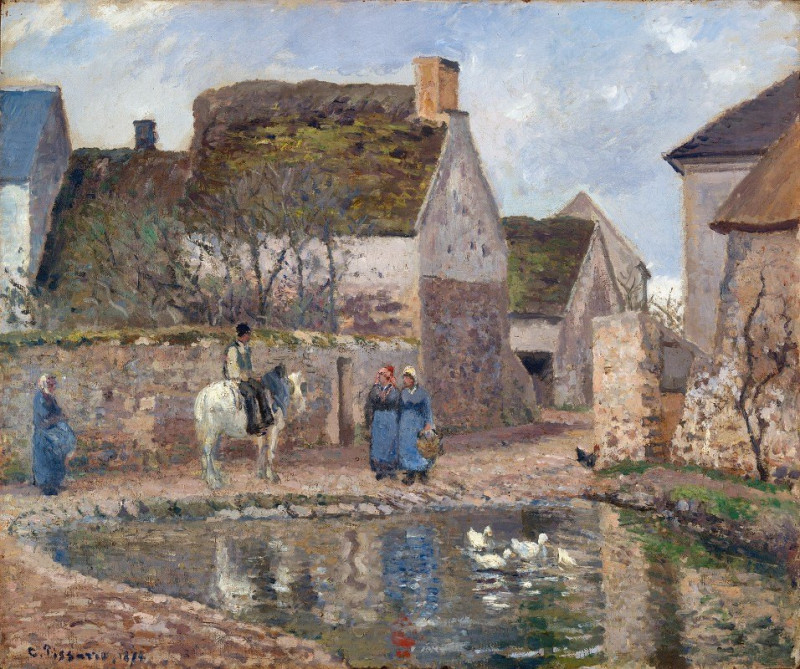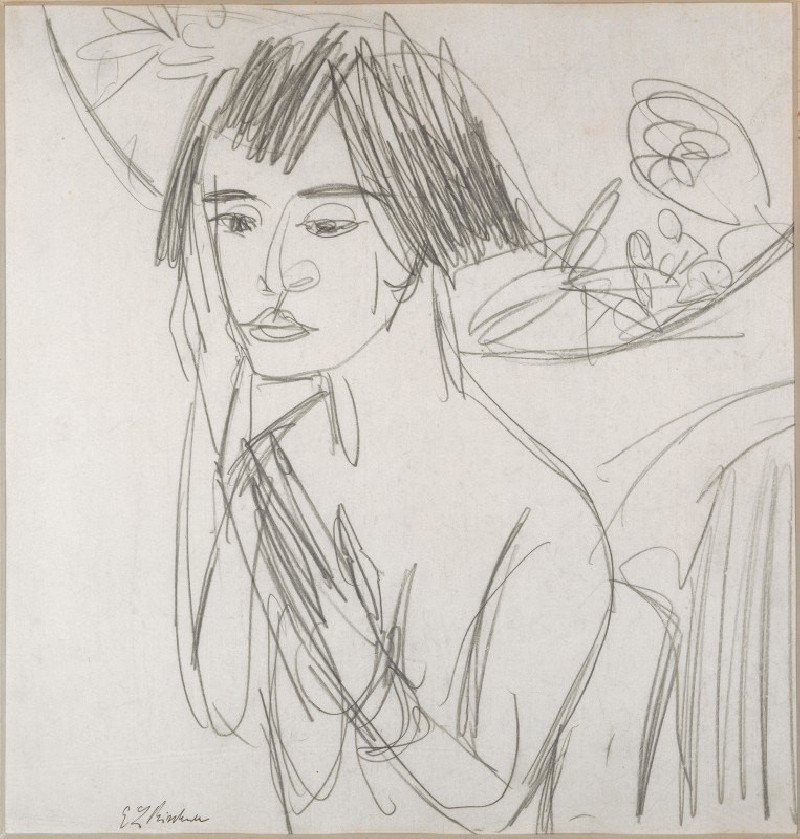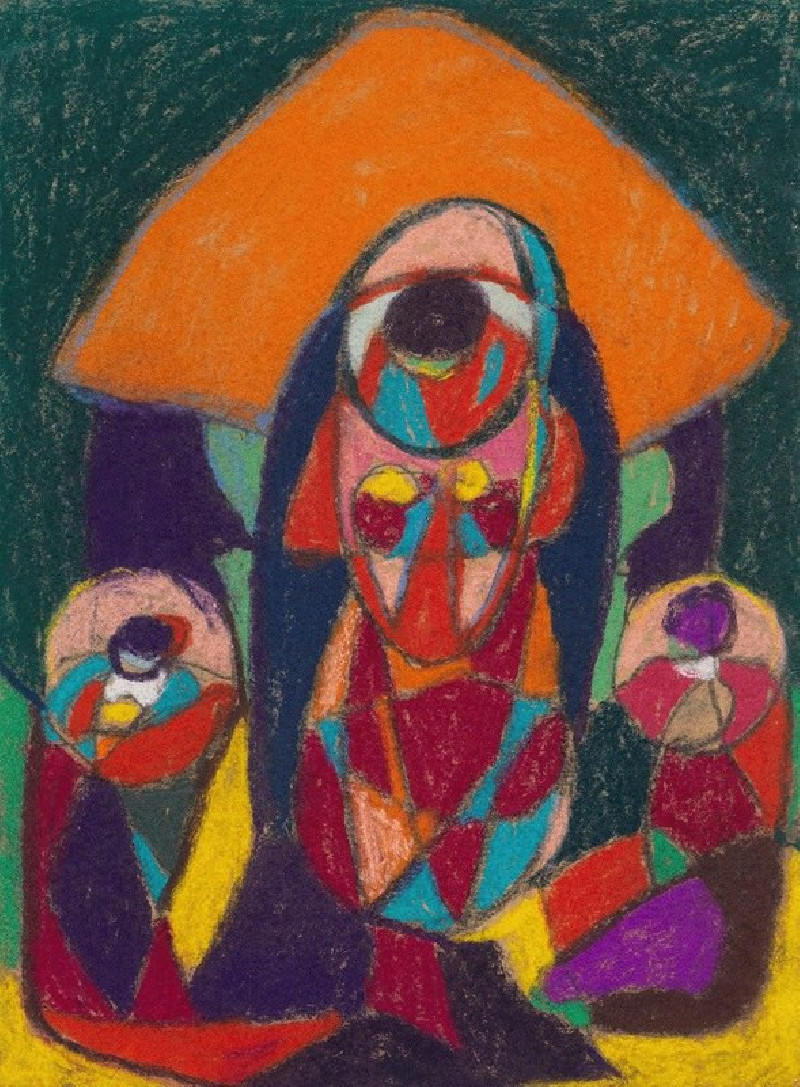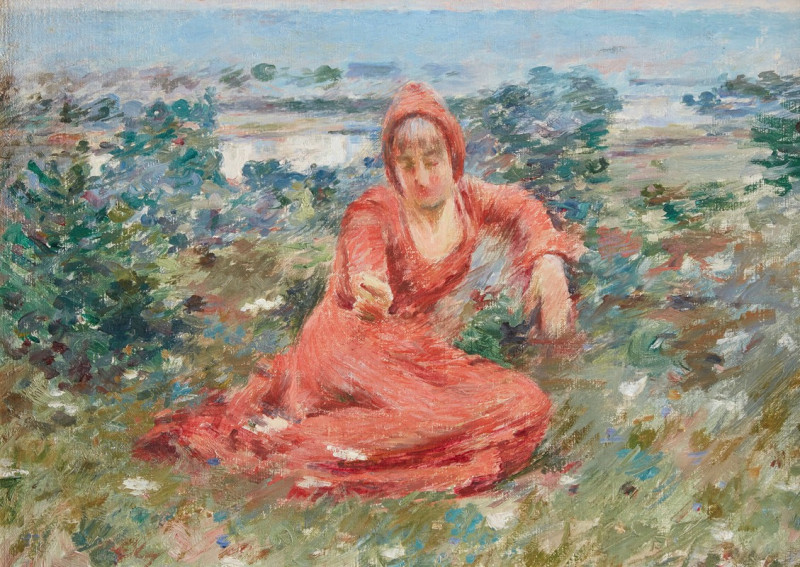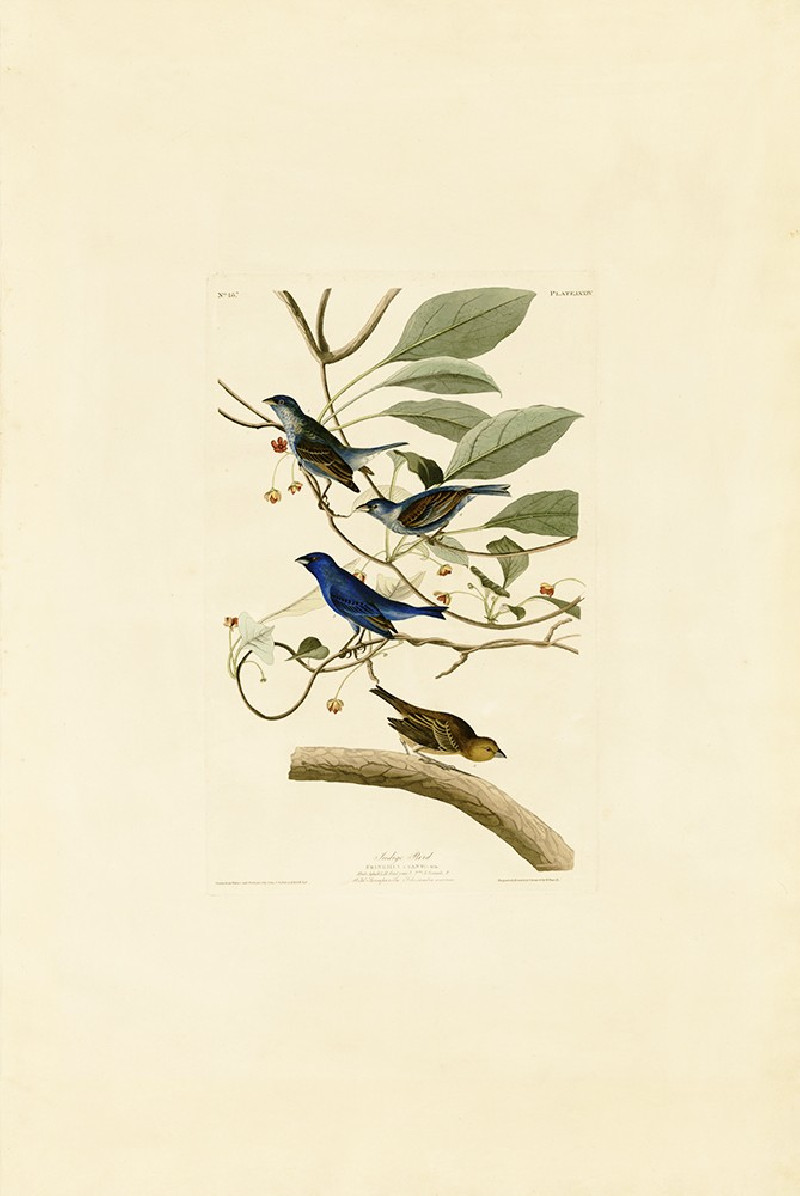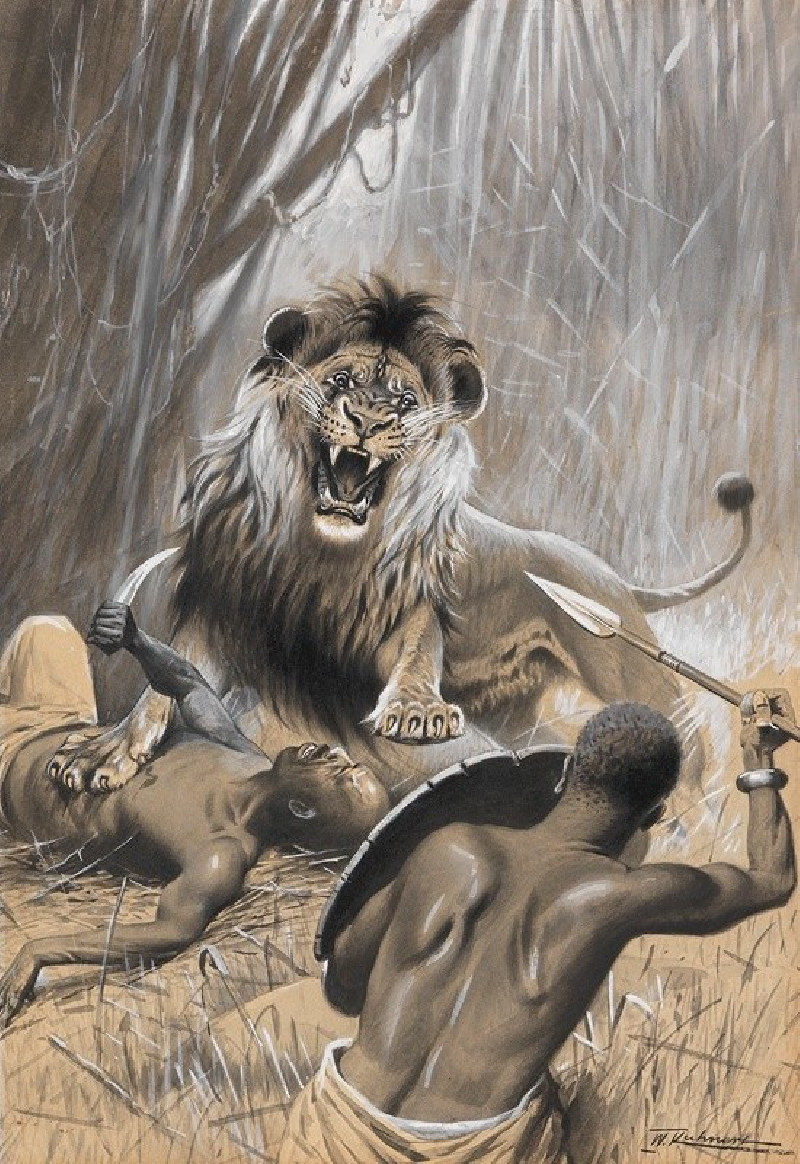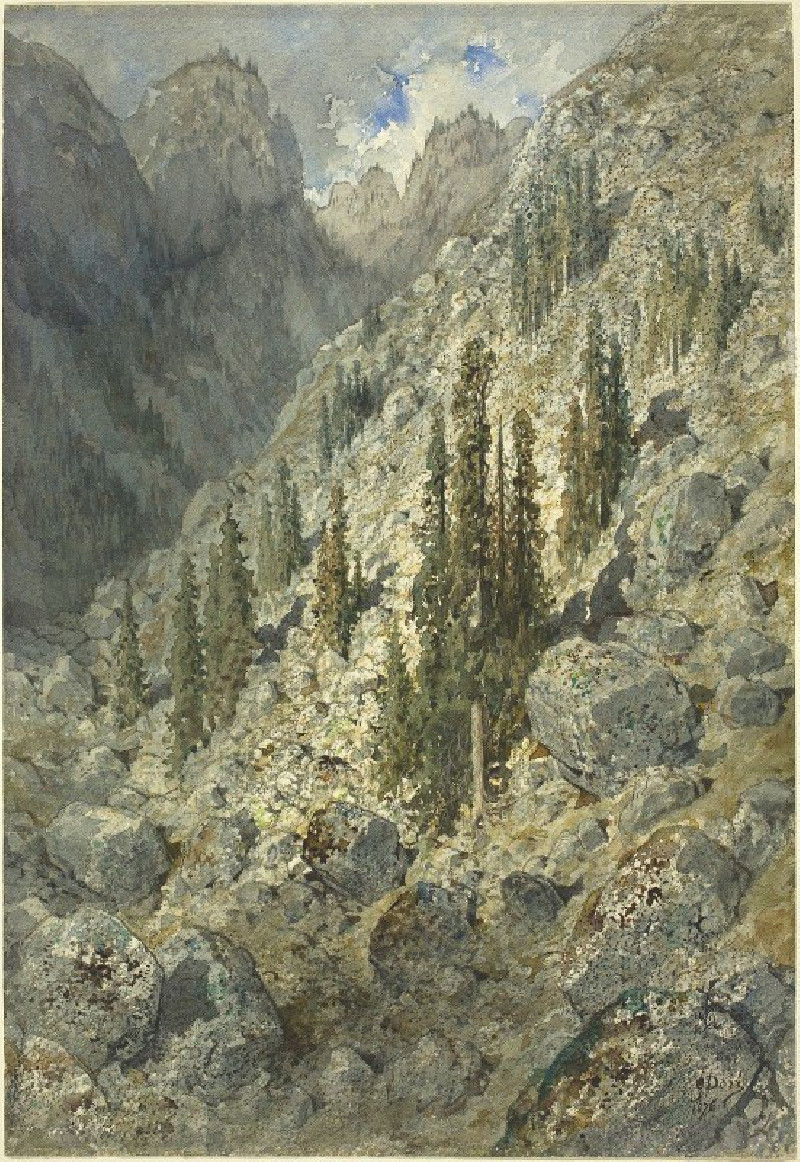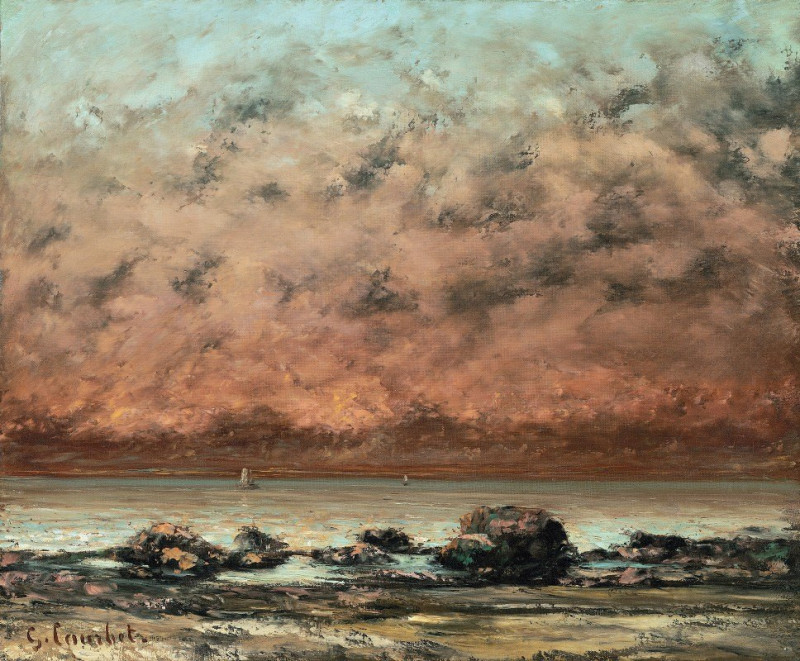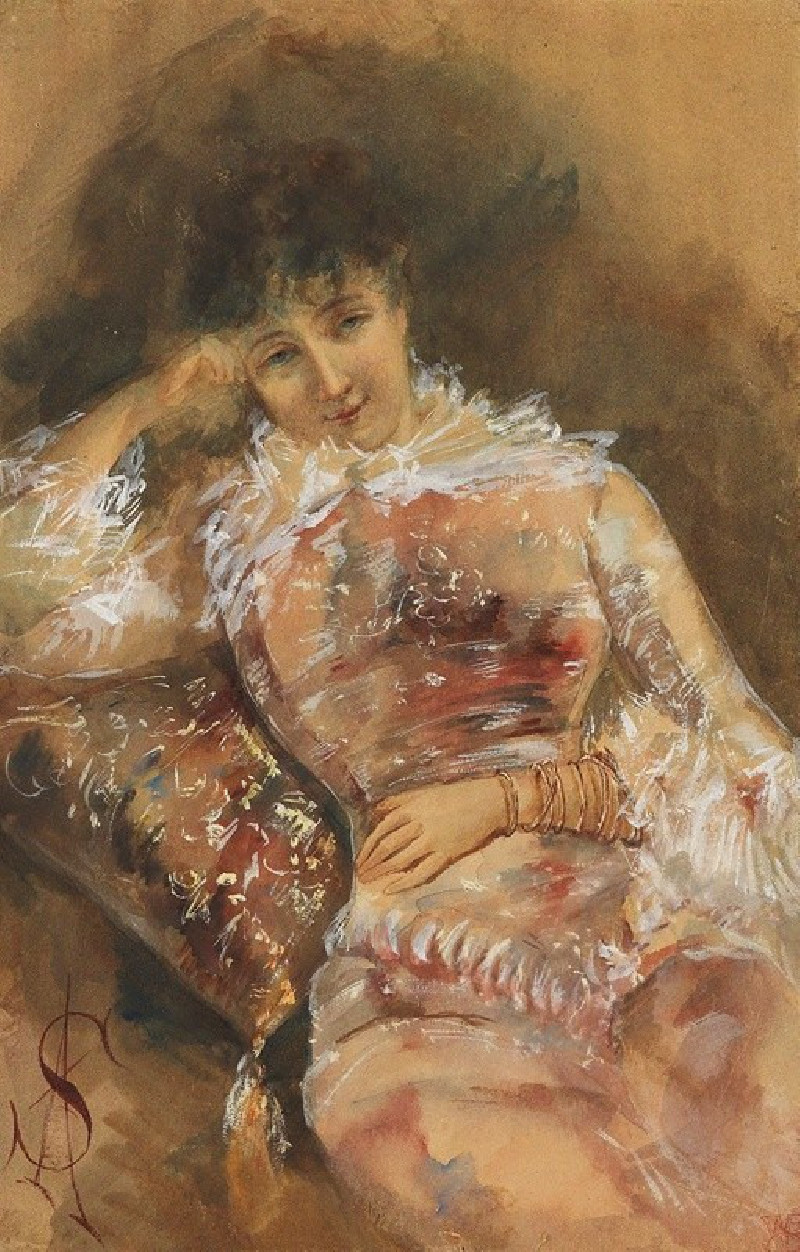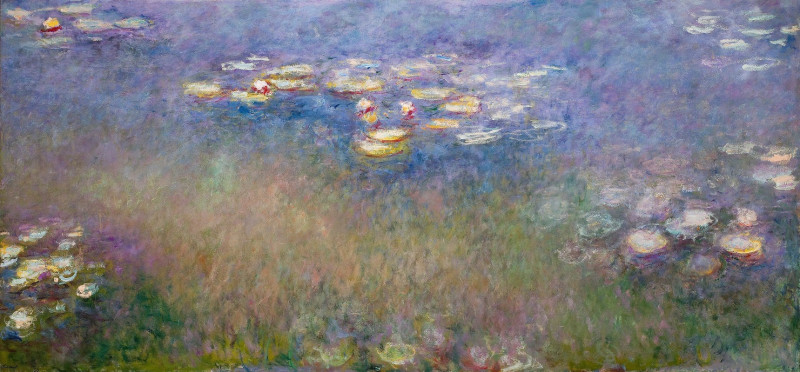Mount Chimborazo, Ecuador (1857)
Technique: Giclée quality print
Recommended by our customers
More about this artwork
Frederic Edwin Church's "Mount Chimborazo, Ecuador" (1857) is a profound example of landscape painting that encapsulates both the awe-inspiring majesty and the intimate detail of the natural world. This painting, part of Church’s series inspired by his travels through South America, presents a striking view of the colossal Chimborazo volcano, once believed to be the highest mountain in the world.In the foreground, Church delivers a lush, fertile landscape teeming with life. Small figures can be seen in the fields, perhaps tending to crops or traversing the rolling hills. These human elements provide a scale that only underscores the overwhelming size and grandeur of Mount Chimborazo looming in the background. The mountain itself is bathed in a soft, ethereal light, its snowy peak standing in sharp contrast to the rich, earthy tones of the terrain below.The detailed brushwork Church employs invites viewers to explore every element of the composition, from the lively greenery and rustic structures to the rugged mountain textures. This painting not only captures the physical beauty of the Ecuadorian landscape but also conveys a sense of wonder and reverence towards nature, characteristics that are emblematic of the Hudson River School to which Church belonged.
Delivery
Returns
Frederic Edwin Church (May 4, 1826 – April 7, 1900) was an American landscape painter born in Hartford, Connecticut. He was a central figure in the Hudson River School of American landscape painters, best known for painting large landscapes, often depicting mountains, waterfalls, and sunsets. Church's paintings put an emphasis on realistic detail, dramatic light, and panoramic views. He debuted some of his major works in single-painting exhibitions to a paying and often enthralled audience in New York City. In his prime, he was one of the most famous painters in the United States.

